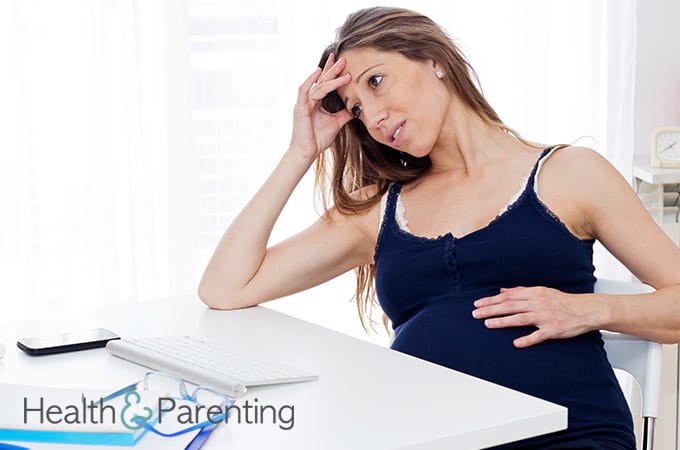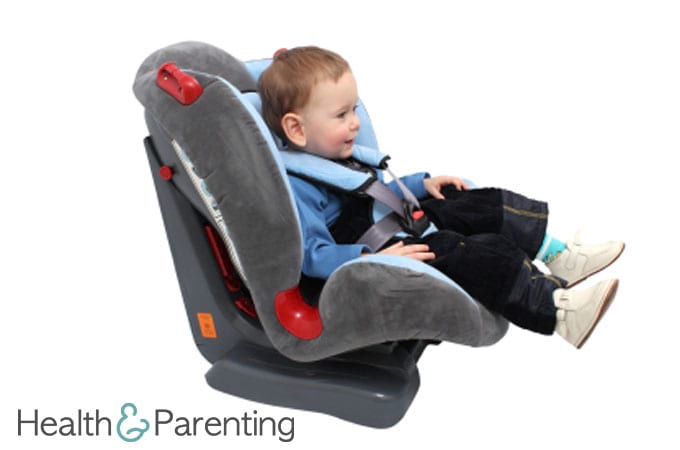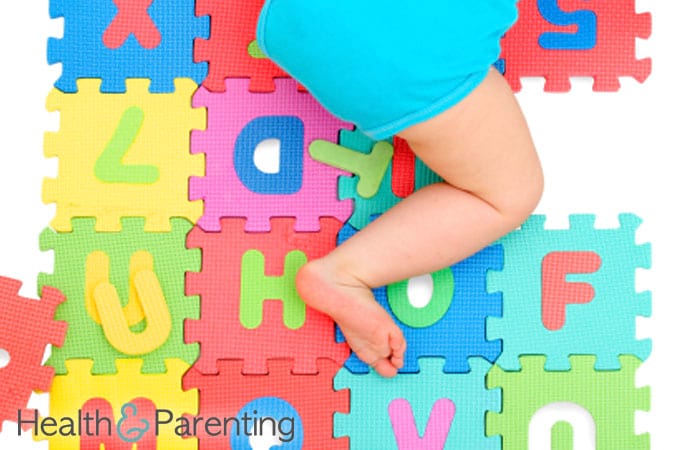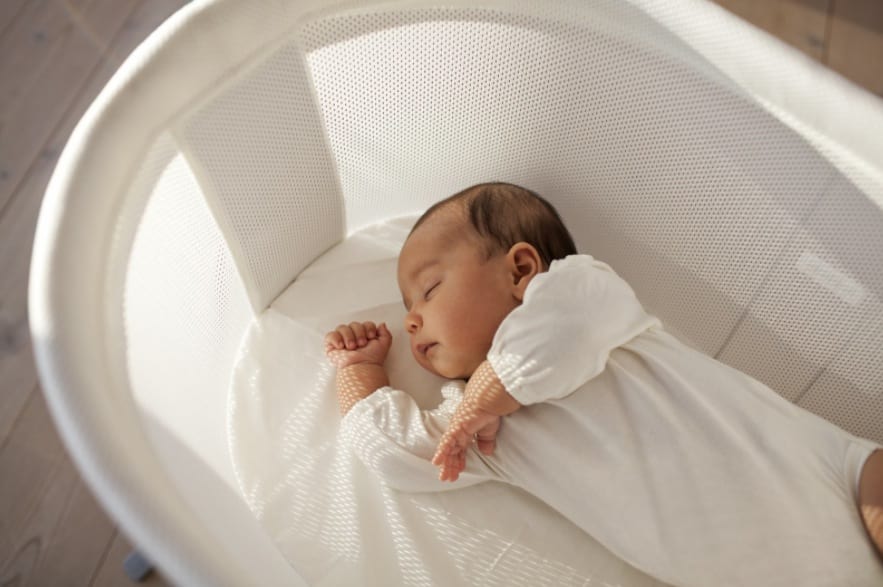The exhaustion of the first trimester pretty much guarantees most women a good night’s sleep at the start of the pregnancy. Chances are, you’re falling asleep on the sofa long before the watershed. You may find yourself needing more sleep than ever before. No matter how much sleep you get though, you’re probably still exhausted. From the excessive sleeping of the first trimester, to the rare uninterrupted sleep of the third trimester, sleep during pregnancy is never easy.
How should I sleep?
During the first trimester, you don’t need to worry too much about the position you sleep in. Which is handy, because you’re likely to fall asleep in strange places like on the bus, or hiding in the stationery cupboard at work.
As the baby starts to get bigger, and your uterus expands, you’ll need to start paying attention to how you sleep. Pregnant women are advised to avoid sleeping on their tummy once their bump begins to show. By this stage, sleeping on your front will probably be quite uncomfortable anyway.
Around the same time, you’ll need to avoid sleeping on your back too. Your expanding uterus can restrict blood flow when you lie on your back. The uterus compresses the vein that returns blood to the heart, and this can restrict the amount of nutrients and blood reaching the baby. If you do lie on your back for long periods, you may find yourself feeling nauseous and light-headed.
Your healthcare provider will recommend that you sleep on your left hand side throughout the pregnancy. This position will allow the baby to receive the optimum amount of nutrients through the placenta. Sleeping on your left hand side will improve circulation, so your body won’t have to work quite as hard.
Getting a good night’s sleep
It can be difficult to get a good night’s sleep during pregnancy, especially in the last few weeks. You may find yourself needing to use the bathroom throughout the night, and your bump may be preventing you from finding a comfortable position. You may also have a busy mind because of the impending arrival. To try and get a good night’s sleep, you could:
- have a bath to help you relax before bed
- ask your partner for a massage before bed
- drink hot teas (not caffeinated) before bed
- prop yourself up with extra pillows
- sleep with a pillow between your knees
- if you are feeling anxious about anything, speak to your partner about it before you try to sleep
Written by Fiona, proud owner of a toddler, @fiona_peacock
This information is not intended to replace the advice of a trained medical doctor. Health & Parenting Ltd disclaims any liability for the decisions you make based on this information, which is provided to you on a general information basis only and not as a substitute for personalized medical advice. All contents copyright © Health & Parenting Ltd 2017. All rights reserved.



















